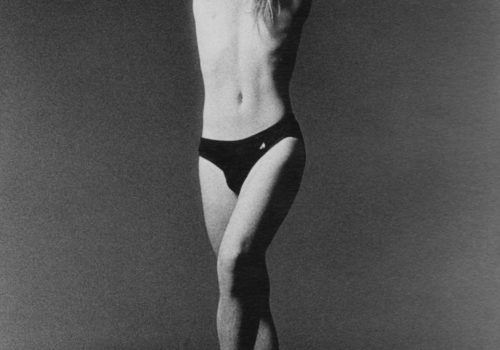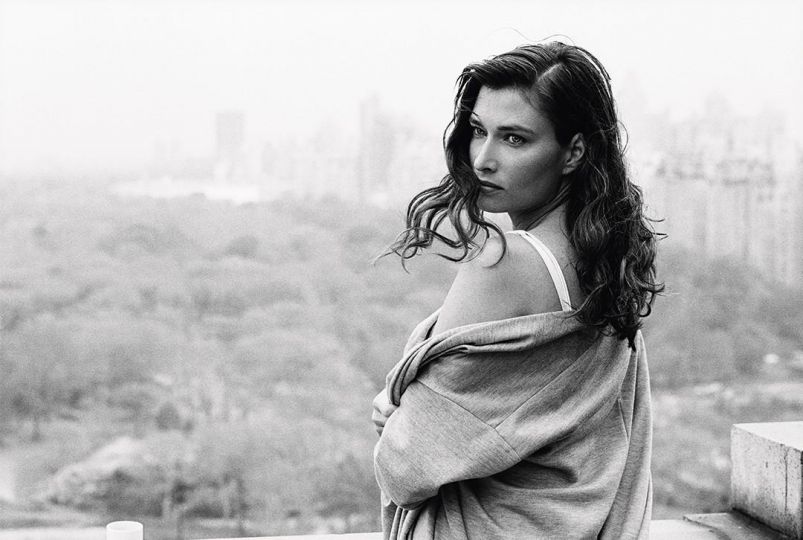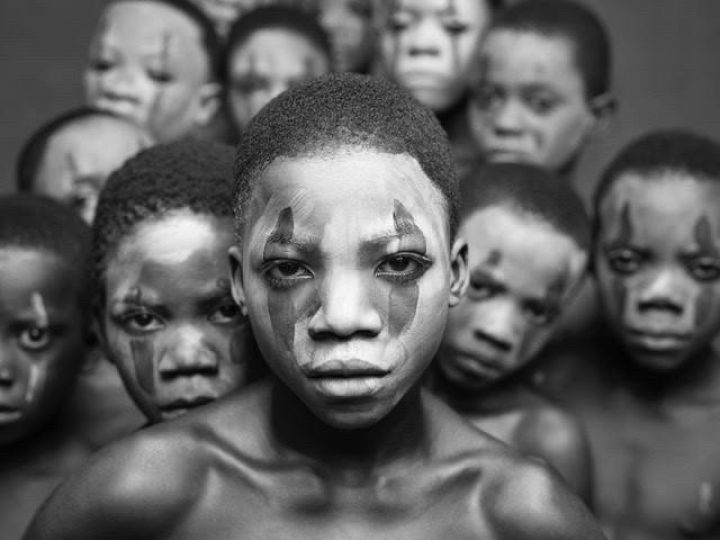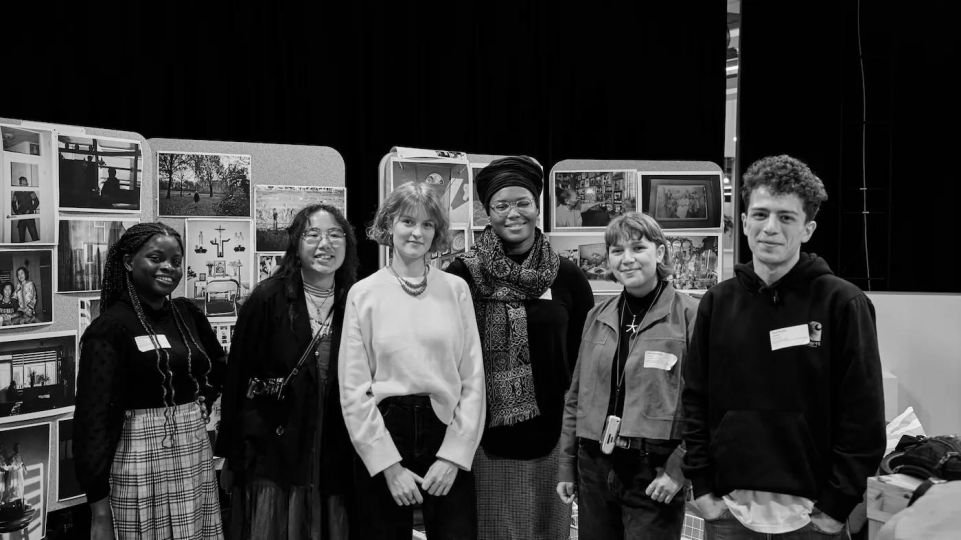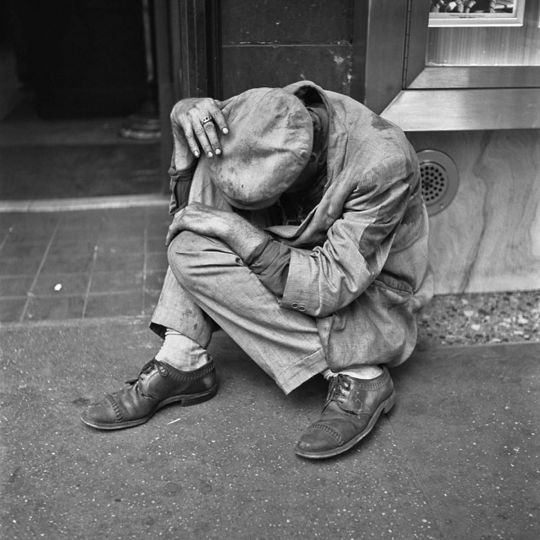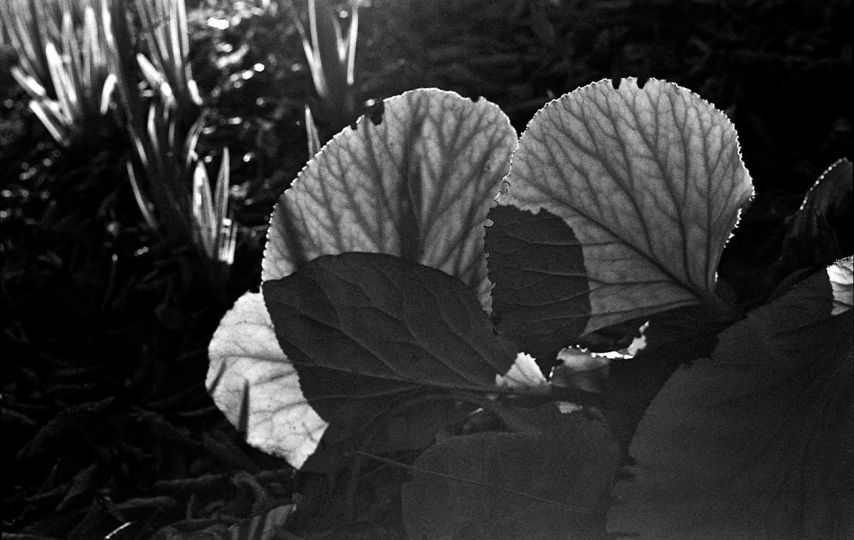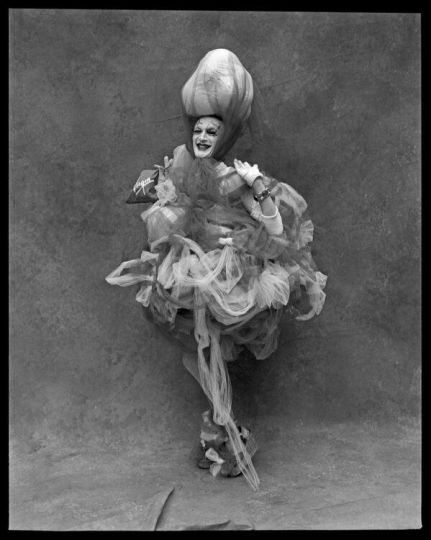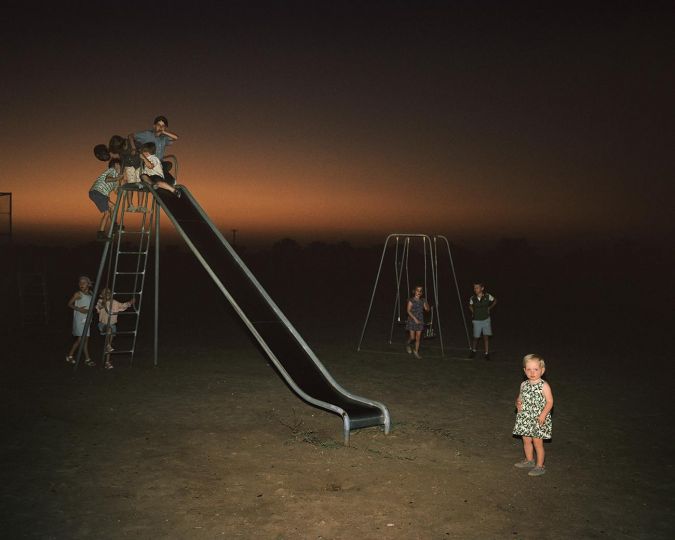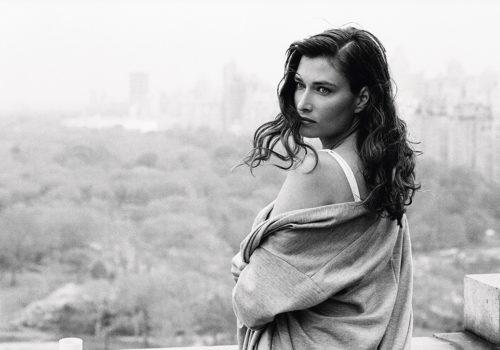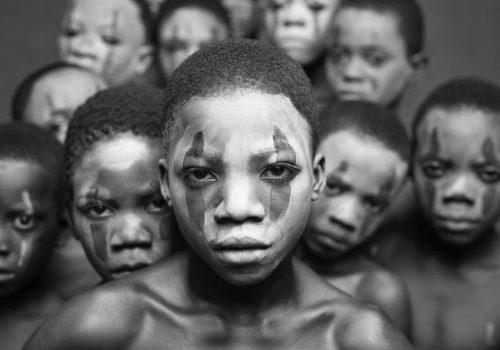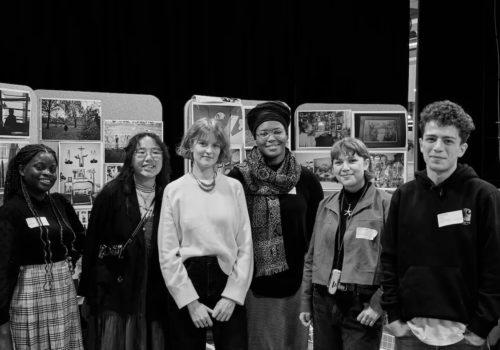The year was 1986. The club was Area. It was located down in Tribeca, when it was the neighborhood, before the larges-scale conversion of the empty industrial spaces into the most exclusive addresses downtown. Back in the mid-80s, Area epitomized all that was exciting and innovative about the New York art scene, providing a space for performance art and installations. It was a place where art was a way of life, and its denizens practiced this, so much so that many of them became works of art themselves.
Into the mix came Eric Johnson, a native of Newark, who was traveling between the bricks of New Jersey at F.I.T. where he was studying photography. He was also working as a photo assistant for Constance Hanson. And as her assistant, he was granted with full access to the studio, the labs, and supplies. Hanson was a fairy godmother of sorts, fully funding his vision, allowing him to hang out and stay overnight at the studio.
And into this playground, Johnson would bring the people who caught his eye, the people he would photograph in this series of never-before-published images taken in the studio on his personal time. At a time when everyone set the bar for distinctive visage, for hair and face and costume and grace and presence—here where everyone was a star.
People like Marilyn, who had come to New York with Boy George, who was famous for being famous as only club kids knew how in the 80s. “I was asked, ‘Can you find a boyfriend for Marilyn?’” Johnson recalls, then smiles and says deadpan, “No, I couldn’t.” Someone as whirlwind as Marilyn would take a lot of doing to fix up. But Johnson did take photographs in Hanson’s studio, photographs that are striking in their timeless style that is at once distinctive of the era yet totally in sync with his work today, photographs that remind us of what it was like when club kids first made themselves the kind of high profile nightlife names that would be featured in Details, back when Details was dedicated to the scene and nothing else.
People like Peter Stack, who performed as “Dead Marilyn” in the clubs, dressed up like the victim of a slasher film, all glamour and gore and gorgeousness that made cross dressing the least transgressive aspect of his performance. People like Michael Schmidt, who would go on to become a celebrity wardrobe stylist, these early photographs revealing his ability to define a look of the period and push it to it’s ultimate end. People like Bernard Zette, who was a fixture at Area, always in the lounge playing the roll of icons like Monroe and Jackie O, beautiful androgyny. In fact, it was Zette’s Le Freak that was the first record cover Johnson would shoot in his long and illustrious career photographing some of the most influential artists of our time.
Going to Area, studying at F.I.T., and working with Connie Hanson provided Johnson who was also on hand at shoots, meeting the likes of Debbie Harry, Fabian Baron, and Stephen Sprouse. It was from this organic set of connections that Johnson began to dig roots, establishing himself within a métier that allows him to collaborate with creative minds in order to produce images that are at once of the moment and eternal at the same time.
Miss Rosen

